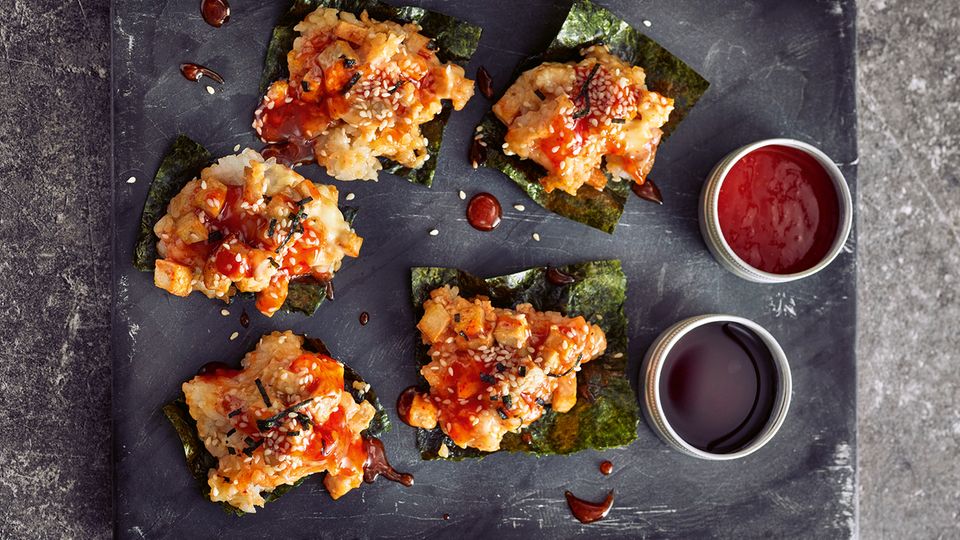International Sushi Day
Little sushi story – how the Japanese bestseller came to the western world
Modern sushi began with Nigiri.
© Panthermedia / Imago Images
Whether maki or nigiri – sushi is a global export hit. But was it really the Japanese who invented the rice dish?
Without Hanaya Yohei, sushi might still be fermented. Before the Japanese chef pioneered putting fish directly on top of rice, the early form of sushi was nothing more than “canned” fish. The Chinese already stored salted fish with boiled rice in pre-Christian times. A method later adopted by the Japanese. While the fish kept for months, the rice turned sour and almost inedible.
At some point in 1824, or so it is said, Yohei revolutionized the method and ushered in a new era of sushi. To do this, he imitated the taste of fermented rice by acidifying it with vinegar. On top he placed sliced seafood—some raw, others salted or marinated. This variant of sushi is now known as nigiri. According to legend, the Japanese is said to have sold his invention in the early days from a box that he carried on his back. Later, when success set in, he first opened a stall and later a restaurant. The Yohei Zushi was open until 1932.
Sushi is eaten by hand
Yohei isn’t the only one crediting himself with inventing modern sushi. The restaurant Kodai Suzume-zushi Sushiman is also mentioned as the place of origin. Founded in 1653 as a fish shop in Edo, now Tokyo, it became a sushi restaurant in 1781. From then on, nigiri sushi is also said to have been sold there.
At that time, sushi was not as exclusive as it is today. It was primarily sold as cheap street food and eaten with your hands. It was not until the middle of the 20th century that Japanese delicacies made the leap from the island to the western world. The first modern sushi restaurant outside of Japan is located in the USA and is said to have opened its doors in 1966 in Los Angeles, more precisely in the Little Tokyo district.
Sources: SushiUniversity, Stiftung Warentest, studio 1



